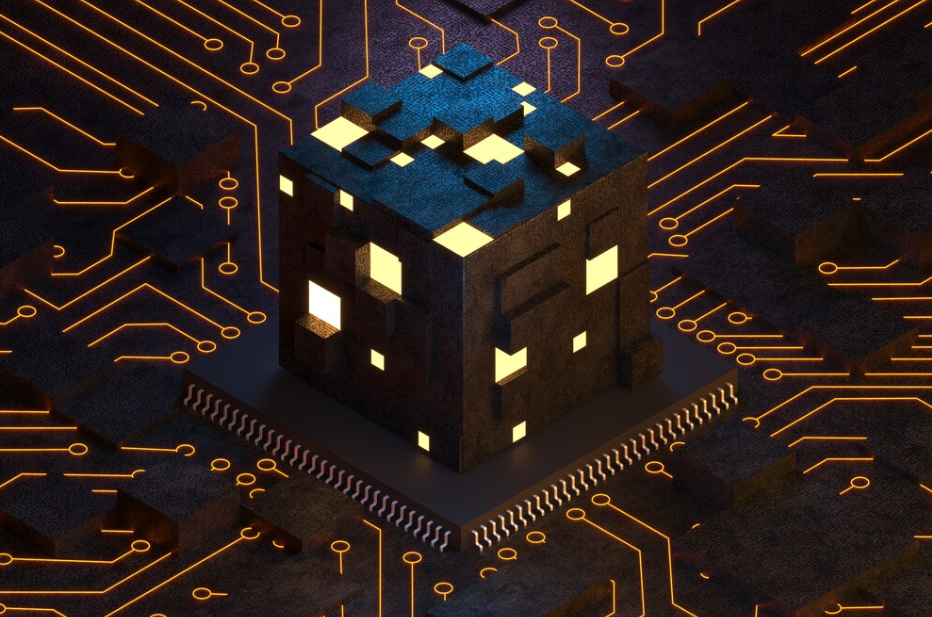When we think of urban infrastructure, we typically picture roads, bridges, power lines, and data cables — the visible veins of a functioning city. But there’s another, often overlooked layer of infrastructure shaping our experience of urban life: sound.
From the hum of traffic to the distant buzz of neon signs, cities are alive with audio. These sounds do more than create atmosphere — they influence behavior, communicate danger or safety, and even shape our health. It’s time to ask: what if we designed cities with sound not as a byproduct, but as infrastructure?
The Hidden Power of Urban Soundscapes
Every city has a sound signature. Think of the echo of footsteps in a subway tunnel, the chimes of pedestrian crossings, or the chaotic harmony of open markets. These soundscapes are not random — they carry information.
- Auditory cues guide the blind through traffic intersections.
- Sound barriers are used to manage noise pollution along highways.
- Acoustic zoning in public spaces can create zones of rest or activity.
Yet, most urban planning treats sound as a nuisance rather than a design tool. This mindset is beginning to change.
Designing With — Not Against — Sound
Recent innovations in urban design suggest a shift toward sound-conscious architecture and planning. Instead of trying to eliminate noise altogether, designers are learning to sculpt it.
- Sonic Urbanism explores how cities can use sound to foster community, safety, and identity.
- Acoustic ecology evaluates the relationship between humans and their sonic environment.
- Smart city technologies are embedding microphones and audio sensors to monitor real-time sound flows for traffic, safety, and ambiance control.
For instance, Amsterdam has trialed low-frequency sound installations to reduce loitering in certain areas, while Melbourne has designed “quiet zones” with natural soundscapes to offer citizens relief from the noise chaos.
Sound as Public Infrastructure
If we treated sound like we treat light, water, or electricity, how would our cities change?
- Auditory Wayfinding: Intelligently designed sound cues can assist all citizens, especially those with visual impairments.
- Sonic Branding: Just as a visual logo defines a city’s identity, custom soundscapes can create a memorable, emotionally resonant atmosphere.
- Health-Conscious Sound Design: Chronic noise pollution is linked to stress and cardiovascular problems. Designing for sound means designing for well-being.
Challenges and Ethics
Treating sound as infrastructure raises important questions:
- Surveillance vs. safety: Microphones in public spaces can detect gunshots or crowd behavior, but they also raise privacy concerns.
- Whose sound gets prioritized?: Urban design often favors dominant cultural aesthetics. How can we create inclusive sonic environments?
- Access to quiet: Is silence a luxury, or a right? How do we ensure acoustic comfort in all neighborhoods, not just affluent ones?
Toward an Audible Future
The future of cities is not just visual — it is audible. As we embed sensors, smart systems, and AI into the urban fabric, we must also design the sound layer of our cities with intention. Sound is not just something we hear; it’s something we feel, navigate, and live through.
By recognizing sound as infrastructure, urban designers, architects, and policymakers can build cities that not only function better but feel more human.
Conclusion
We are surrounded by invisible networks of sound shaping our lives in profound ways. To ignore this is to miss an entire dimension of urban experience. But if we listen — really listen — to the city, we can begin to design spaces that speak not just to our eyes, but to our ears, our emotions, and our sense of belonging.


